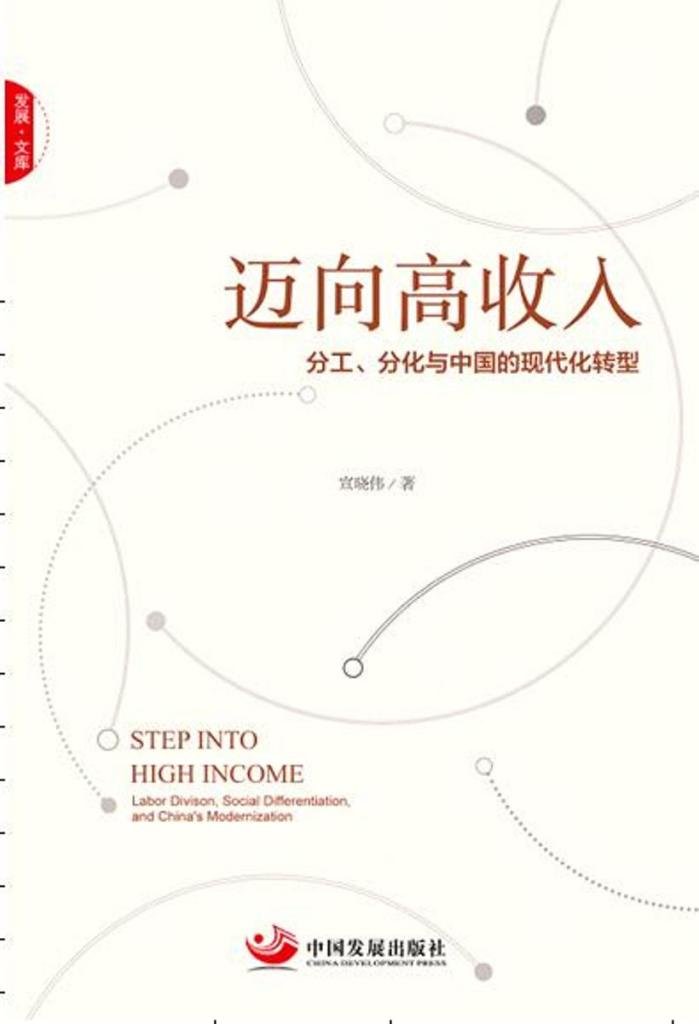Stride Forward towards a High-Income Nation: The Division of Labor, the Differentiation of Functions and China’s Modernization-Oriented Transformation
2018-07-26

By Xuan Xiaowei, DRC
2016-8-1
Whether when and how China can become a member of high-income countries has become a hot issue for study at present. Centering on such a significant issue, the mainstream opinions tend to view the process of China’s transformation towards a high-income nation from the angle of “the transformation of development mode”, while some other studies look at the issue from the perspective of “modernity”. This book holds that the process of China’s move towards the ranks of high-income countries should be interpreted in the context of China’s overall modernization drive. In nature, it is one of the changes in the modernization process. Based on the requirements posed by modernization-oriented transformation, the Chinese society needs to transform from the pyramid-type structure featured by stratified differentiation to a network-type one with functional differentiation, which is a key change for China to join the ranks of high-income countries. The book reckons that the reform and opening-up has made the originally centralized social system become fragmented. While fully stimulating individuals’ activity and greatly sparking their vitality and creativity in the society, some problems have loomed up including the loss of ultimate social values, the lack of rules and regulations for social governance and severer corruption cases. To stride towards a high-income nation, China needs to transform its society from the current pyramid-type and fragmented one further into a network-type one, building a pluralistic society in which contract-binding relations play the leading role and boundaries between fields of different functions are clearly defined with equivalent rights and responsibilities.
This book has six chapters. Chapter 1. Stride towards a High-Income Nation: The Transformation of Development Mode and Modernization Drive in China. Chapter 2. Modern Economic Growth and Social Progress. Chapter 3. The Division of Labor in Modern Society and the Emergence of a Pluralistic Society: An Analytic Framework. Chapter 4. The Formation, Structure and Division of Labor of the Traditional Society. Chapter 5. The Boom of Western World and Late Comers. Chapter 6. The Transformation of the Chinese Society: From a Pyramid-Type One to a Network-Type One.














